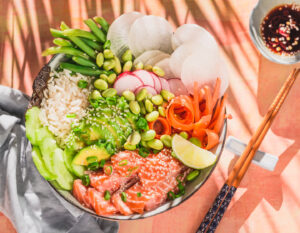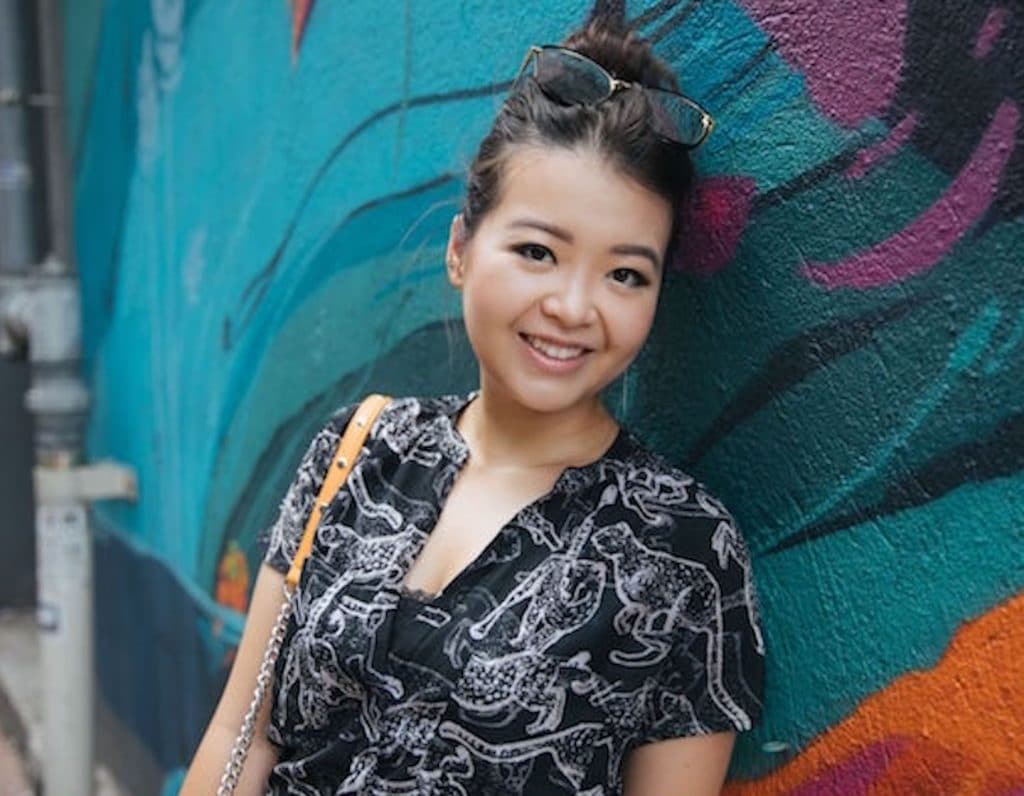

Here’s what you need to know before visiting a wet market.
Anyone who moves to Hong Kong will be forewarned about its wet markets. Filled with all manners of live fish, poultry, and slabs of butchered meat, they can be a bit of a culture shock if you’ve previously only shopped in Western-style supermarkets. So, we decided to chat to Virginia Chan from Humid With A Chance of Fishballs who regularly takes tourists to local wet markets as part of her food-based tours. She describes wet markets as “functionally dysfunctional”, and we thought she would have some fantastic pearls of wisdom to share with anyone new to the Hong Kong wet market experience (we were right!).
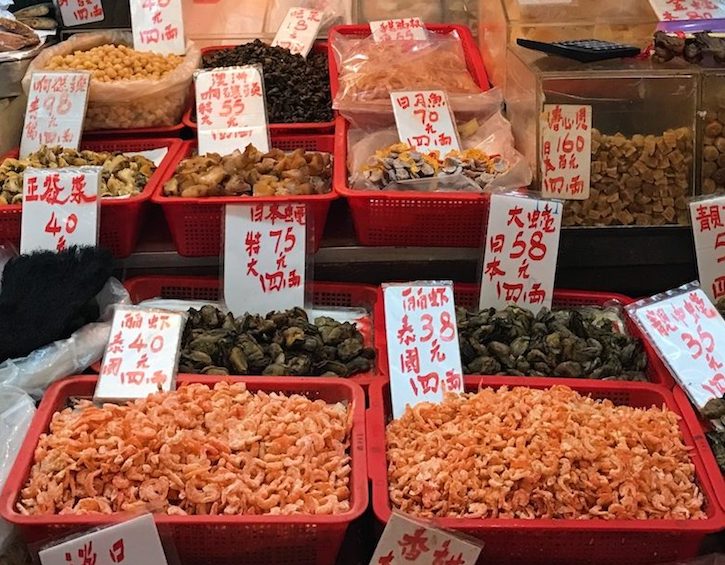

Why should we shop at wet markets?
Hong Kongers like their food to be fresh. Have you ever shopped at a big chain supermarket, picked out your fruit, like a packet of strawberries, but then when you get home you find that half of them have already gone bad? You won’t experience that at a wet market as you can pick and choose exactly what you want and check the freshness of what you’re buying, whether that’s seafood, fish, or fruit.
Another plus is that you can specify exactly what you want for a cheaper price than at supermarkets. So, if you are buying ground pork to make dumpling like I do with my grandma, you can talk with the butcher and specify how lean or fatty the meat should be, and you can order exactly how much you need for your recipe so there’s no waste.
What time of day is best to shop at a wet market?
Many locals buy fresh from the market every day, so, obviously, this will depend on what you’re cooking and when you’ll be eating. You don’t want to go too early as sometimes not everything has been delivered by the suppliers yet. Generally 9am is good time if you want to go early and get the freshest ingredients. Many people will go depending on what they’re cooking. For example, if they’re cooking a Chinese soup where the ingredients need to be boiled for several hours, they’ll go first thing in the morning. But if, for example, they’re cooking a seafood dinner, they’ll go at around 4pm or 5pm so the seafood is as fresh as possible when it hits the dinner table.
If I go later in the day can I pick up a bargain? Can I barter on the price?
The prices are already as low as they can be, so don’t barter at the market. Nobody wants to rip you off, they want to make you a repeat customer so don’t go in expecting you can try to knock a bit off the price. But sometimes, if it’s towards closing time, vendors might cut you a bit of a deal like an extra catty (more on this later!) of produce.
Where is the produce coming from?
A lot of the produce will be labelled to say where it has come from but by default, most will come from Mainland China or the New Territories. If produce is from Hong Kong, it will normally be labelled as such. The more tropical fruits on sale come from Southeast Asia, so that explains why they’re more expensive.
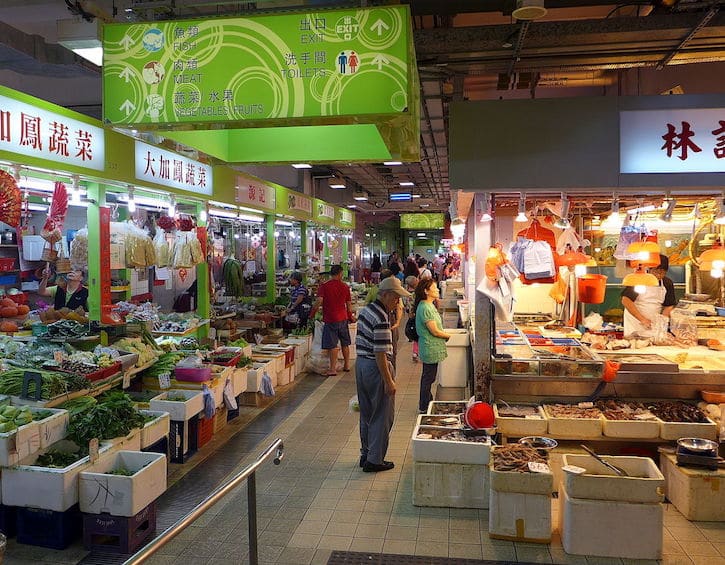

Are there live animals at the markets? And how does buying poultry and meat work?
In some markets, there are live birds which will be culled at the market. In the past, you could pick your own bird and, traditionally, male chickens were believed to taste sweeter. Apparently, if the chicken had a fluffy butt that meant that they were really healthy and the best ones to buy! You’ll find different kinds of chickens on sale too, like small black-skinned chickens, which are leaner and less fatty, making them popular in Chinese stews. But because of hygiene reasons and avian flu this tradition of picking your own bird is not as common now. If you talk to the butcher they’ll be able to pick out the best type of poultry or cut for you.
Read more: Your Guide to The Best Butchers in Hong Kong
How much Cantonese do I need to know to shop at a wet market?
This depends on where you are. If you’re shopping in an area where there’s a large expat community, you’ll probably be fine using English. But beyond that it would be a good idea to know a little in some areas, especially in Kowloon and the New Territories.
What markets do you suggest we visit to get started?
If you’ve never shopped at a wet market before, Central market is a good place to start. Quick fact: The Graham Street market is the oldest continuously running market in Hong Kong! If you’re looking for a crazier atmosphere, pay a visit to the Yuen Long wet market for an authentic experience.
Don’t expect the same from each market. One of the joys of shopping at wet markets compared to ordinary supermarkets is the variety between each market. Some markets have a wet and dry section, and some even have Chinese Medicine herbalists who can take your blood pressure for you!
What is an important difference between supermarkets and wet markets we should know?
A very important point is that produce is not measured in the same way as in supermarkets. The traditional Chinese value of a catty (equal to 650g) is used. Smaller ingredients, such as dried herbal products and spices are measured by the tael, which is 1/16th of a catty.
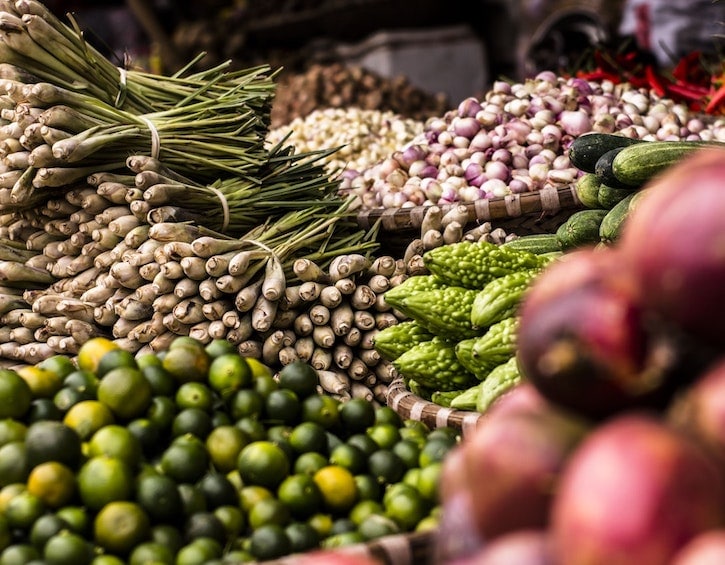

Any other tips?
Speak to your vendor! Tell them what you’re planning to cook and they’ll be happy to help with suggestions on quantity and what type of ingredients you should use. I once complained to a woman where I buy my Chinese Kale that it was difficult to keep it fresh. So she suggested wrapping my vegetables in newspaper to keep them fresh, which turned out to be a great tip!
Read more: Family Recipes: 5 Quick, Easy and Healthy Dinner Recipes Parents and Kids Will Love
Finally, why did you decide to incorporate a trip to a wet market in to your tours?
Most of our food tours include a trip to a wet market because food tours aren’t just about eating good food, they are also about education and history. Most people who join a food tour do so because they’re looking for authenticity, which can be difficult to find if you don’t speak the local language. So, we try to bridge that gap, offer some Hong Kong hospitality and give an insight into how the locals eat and where they buy their produce. Plus, as a visitor it can be a bit daunting, as western supermarkets are so different to the markets here. As part of our “Off the Eaten Track Tour” we try to add context to the wet market experience, which makes people more excited about their food. For example, we buy produce to add to our dishes at a noodle shop nearby, giving people the chance to be as adventurous as they like with their food, like adding an extra topping of beef tripe or offal.
 View All
View All
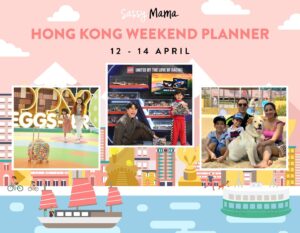










 View All
View All





 View All
View All


 View All
View All






